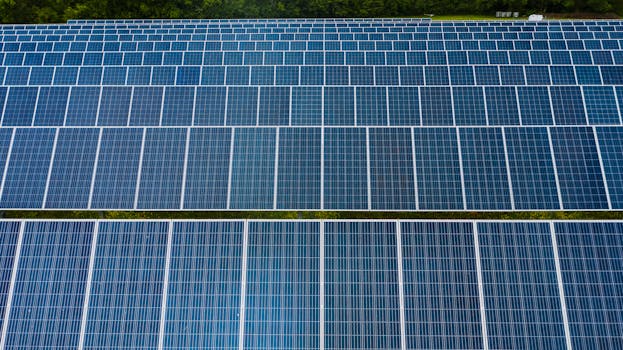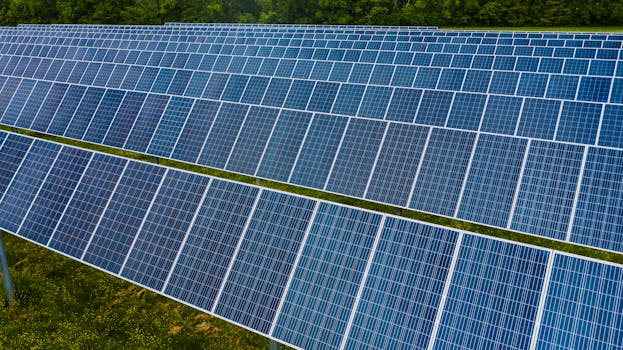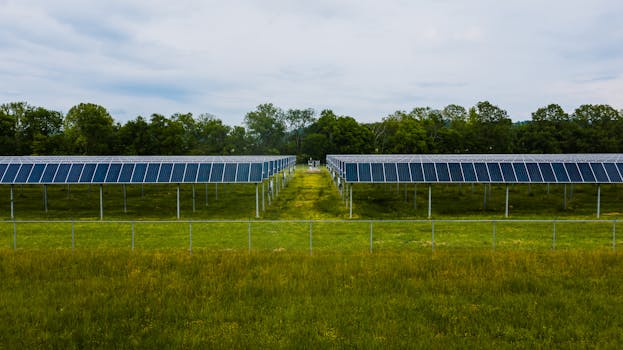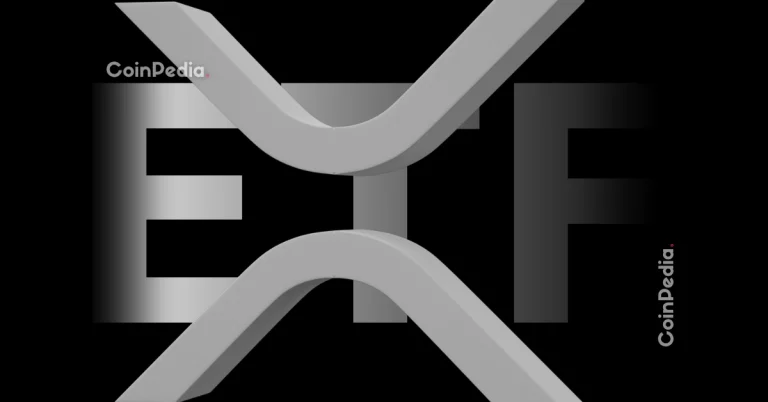
The Essential Role of Mechanics in Advancing Renewable Energy Technologies
Takeaways:
- Mechanics is crucial in the design and functionality of renewable energy systems.
- Understanding mechanical principles enhances the efficiency of energy technologies.
- Advancements in mechanics directly contribute to sustainability and energy efficiency.
As the world shifts towards more sustainable energy sources, the role of mechanics in renewable energy technologies becomes increasingly vital. Mechanics, the branch of physics and engineering that deals with the behavior of physical bodies when subjected to forces, is integral to the design, efficiency, and functionality of renewable energy systems. This article explores the profound impact of mechanics on various renewable energy technologies, including wind, solar, and hydroelectric systems.
Understanding Mechanics in Renewable Energy

For instance, in wind energy, the mechanics of aerodynamics is fundamental to designing blades that can harness wind energy effectively. The shape, material, and angle of the blades are calculated using mechanical principles to maximize efficiency and minimize wear and tear. Similarly, in solar energy, the design of photovoltaic panels involves mechanical considerations to optimize the angle of sunlight absorption throughout the day.
Mechanics in Wind Energy Technologies

The rotor blades, for example, must be designed to withstand significant stress and fatigue while capturing as much wind energy as possible. Engineers utilize mechanics to determine the optimal shape and materials for the blades, ensuring they can perform efficiently even in harsh weather conditions. Additionally, the gearbox and generator must be designed to handle the mechanical forces generated by the turbine’s movement, converting rotational energy into electrical energy seamlessly.
Furthermore, the structural integrity of wind turbines is paramount. Mechanics is used to analyze the stresses and strains that turbines experience during operation, ensuring they are robust enough to withstand high winds and other environmental factors. Advanced modeling and simulation techniques in mechanical engineering help predict the performance and lifespan of wind turbines.
Mechanics in Solar Energy Technologies

Moreover, solar tracking systems, which adjust the position of solar panels to follow the sun’s trajectory, rely heavily on mechanical engineering. These systems use motors and gears to move panels, and mechanics ensures that they operate smoothly and efficiently, increasing energy capture by up to 25% compared to fixed systems.
Additionally, the structural design of solar mounts and frames must consider the forces of wind and snow loads. Engineers apply mechanical principles to ensure that these structures are not only efficient but also safe and durable over time.
Mechanics in Hydroelectric Energy Technologies

In addition to turbine design, the mechanical structures supporting hydroelectric plants must withstand significant forces. Dams, which hold back large volumes of water, are engineered using mechanics to ensure they can handle the pressures and stresses imposed by the water they contain. Maintenance and safety are also critical considerations, and mechanics plays a role in monitoring and maintaining these massive structures.
Conclusion








